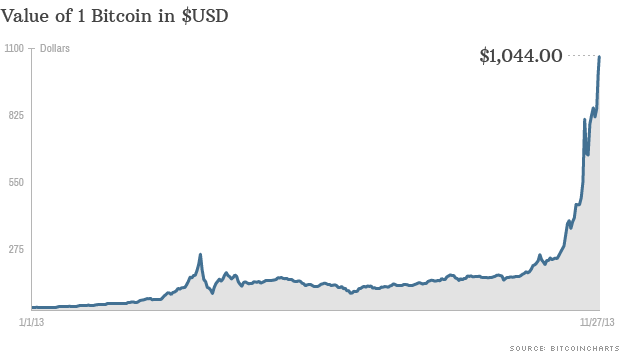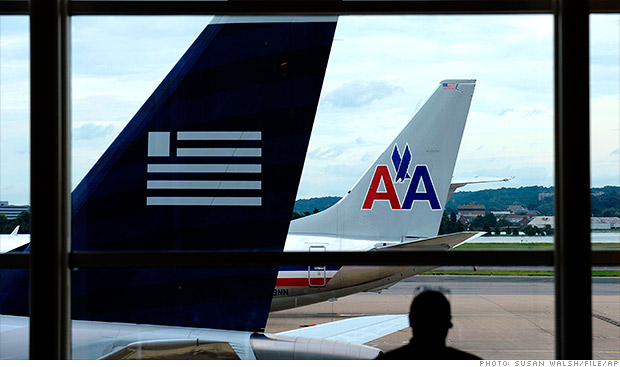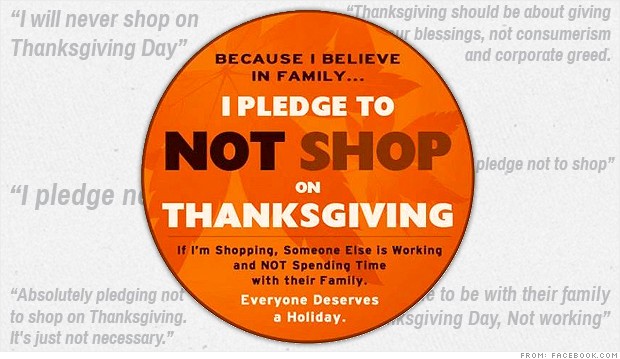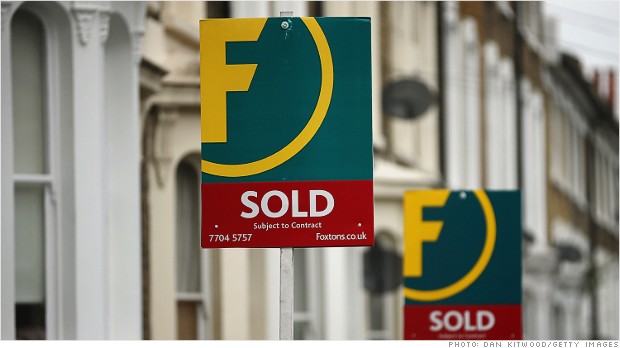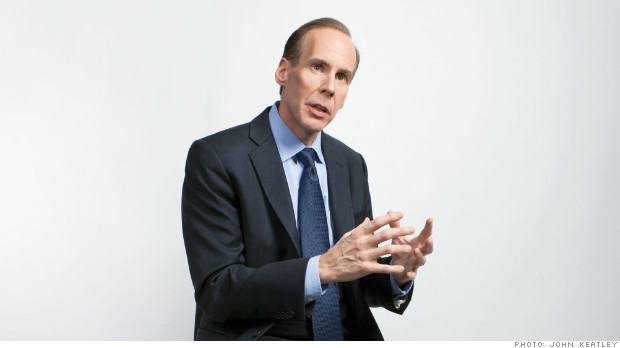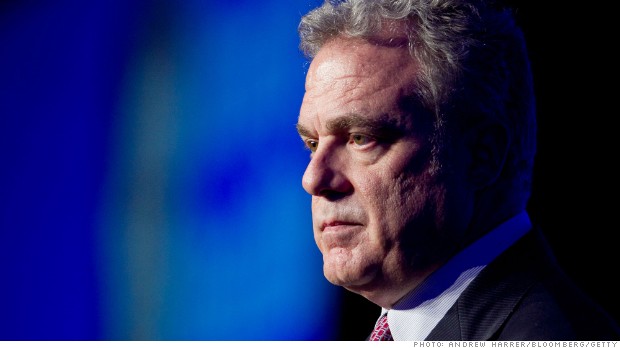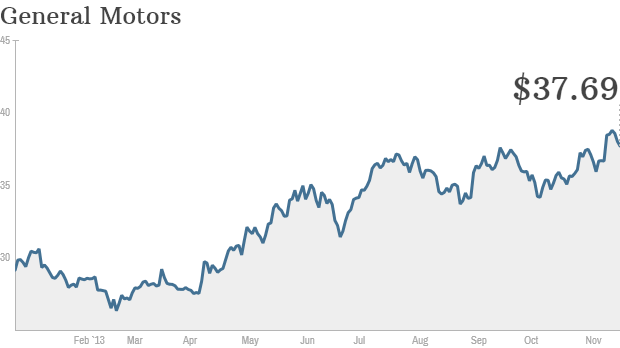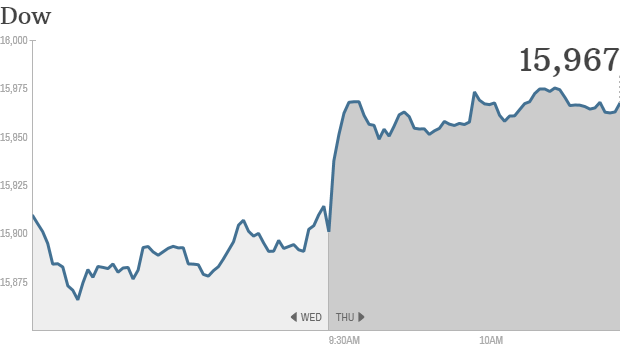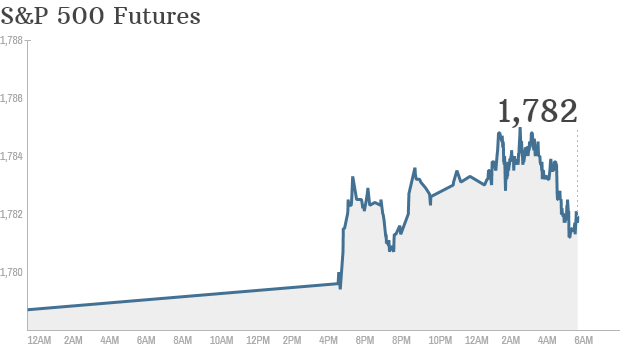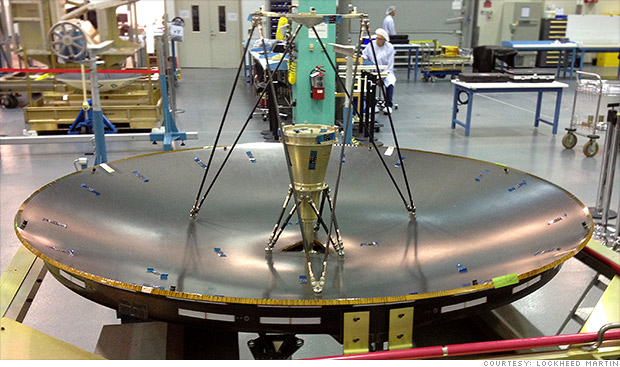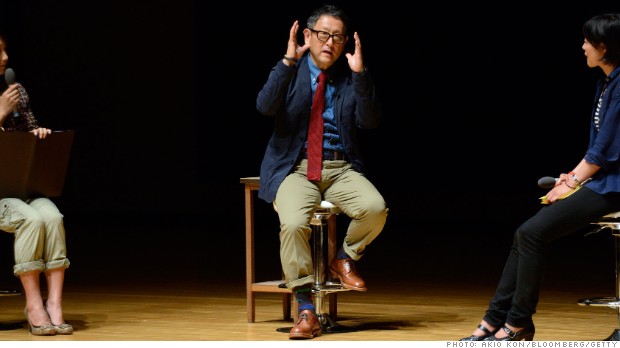(Fortune)
When future historians report human progress during the 21st century, they may conclude that one of the key moments took place a year ago in Elon Musk's bedroom. His eureka! moments happen every few months. Sometimes during his morning shower, sometimes late at night before sleep, sometimes, as on this occasion, waking at 2 a.m.
This is how he described that moment to me: "I realized that a methane-oxygen rocket engine could achieve a specific impulse greater than 380."
Okay, it doesn't sound particularly historic. Until you realize that a rocket of that spec has adequate range to escape Earth's upper atmosphere and travel to Mars. And that it so happens that Mars has plenty of carbon dioxide (CO2) and permafrost (H2O), which could be neatly converted into the aforementioned methane (CH4) and liquid oxygen (O2). Which means you could create the fuel for the journey home right there on Mars itself. And that transforms the long-term economics of space travel between Earth and Mars because it means that you could send manned spacecraft to Mars without having to carry rocket fuel with you.
That's right. Elon Musk genuinely believes that within the next couple of decades, humans will be colonizing Mars. And thanks to his early morning aha! moment, we will even be able to make the return trip. That would certainly be a useful line in the recruiting ads, unless, like him, you're comfortable with the prospect of dying on Mars after helping build humanity's second home.
This is not your typical CEO.
You'd say Elon Musk was crazy, except that he has an unnerving track record of turning his dreams into reality. His second successful Internet startup, PayPal, which was sold to eBay (EBAY, Fortune 500) in 2002 for $1.5 billion only three years after its founding, was just the warm-up. (Compaq bought his first web software company.) His next act, Space Exploration Technologies, known as SpaceX, became the first private company to deliver cargo to the Space Station and has picked up billions of dollars of orders from NASA and others. His electric-vehicle company, Tesla Motors (TSLA), with sales up more than 12-fold for the first three quarters of 2013, is proving that cars can be green and sexy. (Oh, and earlier this year, while running those two companies, he found time to unveil a radical new intercity mass-transport concept called Hyperloop.) For all those reasons and more, Fortune has named Musk its 2013 Businessperson of the Year.
MORE: 2013's top people in business
When you look at the incredible range of his endeavors and search for recent comparisons in the business world, only one emerges: Steve Jobs. Most business innovations involve only incremental improvement. And of those entrepreneurs lucky enough to succeed with bigger ideas, the large majority then stick to their industry sector for expansion and consolidation. Jobs and Musk are in a category all their own: serial disrupters.
Jobs created the world's most valuable company, and along the way transformed at least four industries (computers, music, animated movies, mobile communications). Musk may achieve even greater impact. SpaceX has already slashed the cost of rocket launches, outperforming the world's national space programs. Meanwhile Tesla is on track to become the first successful new automobile manufacturer in the U.S. in 50 years -- and in the process galvanize global adoption of electric-powered transport. He's pumped money and ideas into SolarCity (SCTY), which is now America's leading provider of domestic solar energy.
It is no surprise, then, that Musk has often been referred to of late as "the next Steve Jobs." The comparison I want to make between them, however, is not just in the diversity and scale of their achievements. It's also in their thought processes. I see in them a mental trait that is incredibly rare, a trait that has made me a huge admirer of both men, and of their creations.
MORE: The biggest turkeys of 2013
So what is their unique brand of genius? Here's how I think of it: system-level design thinking powered by extraordinary conviction. Each of those italicized phrases is critical. Let's dig in.
The first thing to note is that Jobs and Musk are not inventors in the typical sense of the word. The specific products they're famous for all had numerous other creators. Steve Wozniak engineered the first Apple. The core ideas in the Mac's graphical user interface came from Xerox PARC. Jony Ive was key to the design of the iPhone and iPad. A company called AC Propulsion helped craft the original tech vision for Tesla. And countless others made key contributions.
To appreciate Jobs' and Musk's contributions, you must pull the camera back. What they did uniquely was to imagine the broader ecosystems in which those products could become transformative. To do that involved an intimate understanding not just of the technology but of what would be necessary in design, logistics, and the business model to launch those products and make them truly compelling to potential customers. You can describe both men as amazing designers. But their design genius should be thought of as not just an obsession with satisfying shapes and appealing user interfaces. Those matter, but the start point is broader, system-level design. Most innovation is like a new melody. For Jobs and Musk it's the whole symphony.
MORE: Inside the mind of Marc Andreessen
That is well understood in the case of Jobs. The iPod alone wouldn't have disrupted anything. What was lethal was the iPod combined with iTunes and the business deals around them, which enabled the super-simple exploration and purchase of music online. Similarly, none of Musk's ventures could have worked if pictured too narrowly. His revolution in rocketry required literally hundreds of engineering innovations, most of which did not spring from his brain. But the big picture of how they could work together to slash the cost of space launches was uniquely his.
This process demands a rare combination of mental skills: a deep understanding of technological possibility, strong design instincts, a clear grasp of the economic ecosystem surrounding a potential product, and an uncanny ability to enter the head of a future customer. Others may supply the inputs, but the true magic depends on holding the different elements in mind simultaneously, playing obsessively with them until -- snap! There's a moment of simplification, synergy, and clarity: Yes! I think this can work, and it's going to be awesome. And here is how we will get it done.
Venture capitalist Steve Jurvetson has been making the comparison between Musk and Jobs for years. He was an employee of Jobs at NeXT and got close-up exposure to Jobs' thinking during their one-on-one walk meetings. Jurvetson also became an early investor and board member of both SpaceX and Tesla and has had plenty of opportunity to see Musk's mind in action. As he sees it, the approach of both men in designing hardware and the systems in which they operate is inspired by the way that great software is created: There's a relentless drive to divide the challenge into simpler pieces, then reshuffle those pieces until the perfect mix is achieved.
MORE: The Best in Business 2013
Let's look at the creation of Tesla's Model S. Roll the clock back a few years, and the best most people could say about electric cars was that they would be great for sustainability, but for the foreseeable future they'd be horribly limited by range and wouldn't be very appealing to drive. Battery technology was simply too expensive and too heavy for it to be otherwise. The key breakthrough was to switch to lithium-ion battery technology, a technology used not in cars, but in computers and phones. Although it was expensive, it had a much higher energy density than other battery technologies and was benefiting from mass use in consumer electronics and therefore seeing significant performance/cost improvement. If you could combine large enough numbers of lithium-ion cells into a single battery, you could provide not only adequate range for a car but also power capable of turning the humble electric car into an object of desire. Bingo! Both of the major roadblocks eliminated in a single technology move.
Musk wasn't the first person to have that insight. His genius was to take that core idea to its logical conclusion and integrate it into a broader picture of how a series of such cars could be manufactured and marketed for ever-shrinking costs, in a sequence that would eventually bring Tesla to the mass market. A full seven years ago, he posted an article titled "The Secret Tesla Motors Master Plan," which outlined the basics: three generations of cars, first the super-high-end sports car, then a sporty four-door family car, then a mass-market car. And underpinning it all, the conviction that the cars wouldn't just work, but be lusted after. No doubt at the time many in the auto industry chuckled at his naiveté. They're not laughing now.
How does one develop such multidimensional thinking? Jobs credited part of his success to the calligraphy class he took at Reed College. Its significance went far beyond the elegant fonts that were included in the first Apple laser printers. Jobs was obsessed with design elegance. Any unnecessary complexity or ugliness deeply offended him. That, combined with his insights into technological possibility and his powers for passionate persuasion, made him preternaturally effective. Certain product possibilities became, in his mind, "insanely great" because they were simultaneously powerful and beautiful. Not many others were equipped to have that vision.
Something similar is true of Musk. As a kid, he spent more time with books than with friends. He inhaled science, history, and comic books. He took degrees in both physics and business, an unusual combination. And he, too, is obsessed with design perfection. When the original Tesla Roadster was created, Musk himself was the lead designer of the car's physical form, poring over every detail of the clay models, seeking out every opportunity to tweak both form and function. His decisions are informed by an intricate combination of what is technically possible, what is economically intelligent, and what is experientially satisfying.
But wait. Musk and Jobs aren't the only multidisciplinary thinkers out there. Many others are capable of dreaming of radical new possibilities yet fail to do anything with that vision. There must be something else to the story.
There is. It's called conviction.
Let's get philosophical for a minute. One of the most exciting things about human beings is our ability to imagine alternative futures. We can somehow form a picture of one set of possibilities, break it down into elements, reshuffle them, and picture alternative possibilities. And then comes the interesting part. If we like one of those alternatives, we can decide to try to make it real. This might be as simple as firing off an email to invite someone to lunch to discuss the idea. Or it might mean devoting the next years of your life to create a product you believe in. Each such intentional act requires a level of determination, or the imagined future simply won't happen. The more challenging or unlikely the possibility, the greater the determination needed. And the fire that fuels that determination is conviction.
Conviction comes about when the possible future that you see aligns with a deeply held view of how the world should be. The greater clarity you have of a possible future and the more passionate your view is of the desirability of that future, the greater your conviction will be.
MORE: Electric vehicles aren't out of juice just yet
The clarity of vision displayed by Jobs was off the charts. Ditto Musk's passion today. The products they imagined were sometimes seen by others but regarded as simply too daunting. All the ingredients for the Apple Mac were in place at Xerox PARC. No one was willing to drive a team of engineers crazy for a year to turn them into a real-world product. Multiple entrepreneurs have dreamed of creating private space companies. But the laser-beam clarity of vision and the determination to persist despite three failed launches are less common.
Conviction is the game changer not just for their personal motivation but also in persuading others to come along. Jobs' reputation for "reality distortion" is well-documented. In his own way, Musk is equally persuasive, trusting his own internal logic and instincts in the face of intense pushback.
Here are two examples of the Musk brand of reality distortion: In his quest for killer features for the Tesla Model S, he became excited by the notion of door handles that would extend as the driver approached and automatically retract to minimize air resistance during motion. It was an immense engineering challenge: There is precious little space within the panel for a mechanism that has to work tens of thousands of times in all temperatures, be strong enough to break through ice, but be sensitive enough to stop instantly if a child's finger gets in the way. He told me, "There were numerous conversations where I had pushback from the engineers. And it's not like they were saying, 'Oh, this is a challenge.' More like, 'This is the stupidest thing ever.' But we did it in the end, and yes, I think it's cool -- one of the car's signature features."
MORE: Who's the richest guy in Los Angeles?
And at SpaceX, Musk said he spent months seeking to convince his team that they should focus on creating reusable rockets. Prevailing wisdom in the industry was that the space shuttle program -- now retired -- proved that reusability was a fool's errand. But every time his engineers pushed back, Musk went back to the raw math that showed that, done the right way, it could slash costs by two orders of magnitude. "It was obvious to me that we could never colonize Mars without reusability, any more than America would have been colonized if they had to burn the ships after every trip." Now the reusability agenda is front and center at SpaceX. Its reusable Grasshopper rocket has already demonstrated the ability to hover, maneuver under precise control, and return to base from 2,441 feet. A Mars Colonial Transporter powered by methane and liquid oxygen is still many years away. But the pieces are starting to snap into place.
One consequence of intense conviction is a certain form of obsession. Jobs notoriously involved himself in every single aspect of the design of his products, even the parts nobody would ever see. Musk has the same characteristic. In the early months of Model S production, he would spend hours personally inspecting every car. He would notice a headlamp that was misaligned by three millimeters. The wrong type of screw in a sun visor "felt like daggers in my eyes," he told me. In fact, you could say that both men's design skills operated at two very different levels: big-picture system-level design and micro-level design. The former is exhibited in occasional giant eureka moments. The latter is in evidence every hour of every day.
The intensity of their beliefs has an additional consequence: Naysayers can be treated with contempt. Jobs was notorious for humiliating people he regarded as "bozos." There are fewer such stories about Musk, but he, too, has had major fallings-out, and when I asked him if it was true that he didn't suffer fools gladly, he roared with laughter. "Should one? Why?!" He said that ordinary fools you could ignore, but arrogant fools spelled trouble. Despite this, or perhaps because of it, both men attracted amazing talent to help realize their visions. If you work for someone like a Jobs or a Musk, you should not expect a quiet life. But you may find yourself doing the best work you've ever done.
MORE: 10 alternatives to the gasoline-powered engine
Indeed, Musk has inspired his workforces by demonstrating his own absolute commitment to his companies. A member of his team at SpaceX, Dolly Singh, described in a Quora posting how Musk responded to the catastrophic failure in August 2008 of a Falcon rocket launch, its third successive failure. Emerging from the control room, he immediately spoke to shell-shocked employees, telling them why they had to pick themselves up and keep trying. Singh commented, "I think most of us would have followed him to the gates of hell ... It was the most impressive display of leadership that I have ever witnessed."
There's no disputing Jobs' or Musk's conviction, but some of the key differences between the men might best be understood by delving into what fuels Musk's conviction vs. what motivated Jobs. Conviction, as I've described it, is powered by a combination of clarity and passion. For Jobs, clarity often came from his instinctive recognition of "less is more" design elegance. And the underlying passion was for a world revolutionized by insanely cool, simple, beautiful technology.
For Musk, things are a little different. Much of his clarity of vision comes from the basic laws of physics. When I interviewed him at TED, he called for "first principles" reasoning. "What I mean by that is, boil things down to their fundamental truths and reason up from there, as opposed to reasoning by analogy. Through most of our life, we get through life by reasoning by analogy, which essentially means copying what other people do with slight variations. And you have to do that. Otherwise, mentally, you wouldn't be able to get through the day," he said. "But when you want to do something new, you have to apply the physics approach. Physics is really figuring out how to discover new things that are counterintuitive." Reasoning by analogy would be someone in 1900 thinking that the way to get faster transport was to breed stronger horses. You limit your imagination to a simple extension of what you already know. That is not how the world changes.
MORE: Why GM has a close eye on Elon Musk and Tesla
It was first-principles thinking that made it possible for Musk to launch SpaceX, even before he had anything close to an actual rocket design. He didn't look at what NASA had created and ponder how to tweak it. He started with the laws of physics. To lift x pounds into orbit would take y amount of fuel and necessitate raw materials costing z. It turned out that y + z was barely 1% of what NASA was spending overall per launch. In every other hardware solution Musk was familiar with, total cost never dwarfed raw materials by anything like that. Therefore a smart design and manufacturing process should be able to process those materials into a functioning rocket that would cost materially less than existing rockets. He was willing to gamble a huge chunk of his net worth on SpaceX before he knew what the winning design would look like. To get there would involve hundreds of additional design innovations. But clarity on the underlying physics gave him the confidence that those innovations were there for the taking.
Something similar happened with Tesla. He had no certainty that the company would succeed. But he was convinced that (a) the laws of physics meant that electric power could deliver a profoundly better automobile, (b) there was a path to possible success via three generations of cars, and (c) the goal was essential if humanity was to have a shot at a sustainable-energy future. That conviction led him, in the midst of the bleak market crash at the end of 2008, to gamble the last of his personal funds to keep the company alive and give the Model S a chance to see the light of day.
In his great book, The Beginning of Infinity, physicist David Deutsch has an unusual definition of optimists. He describes them not as people with a hopeful view of the future, but rather as people who simply believe that any problem that does not contradict the laws of physics can ultimately be solved. By that definition, Musk, even more so than Jobs, is one of the greatest optimists in history.
MORE: Does Elon Musk want to challenge Boeing?
And if his clarity comes from physics, the desire fueling Musk's conviction stems from his core beliefs of what a better future looks like. Since his college days, he's been certain that humanity must move to sustainable energy and that it must find a path to expand beyond Earth. Those are fundamental to who he is. So when he saw a possible path to get there, he was willing to gamble everything to attain it.
And that's why conviction doesn't necessarily mean certainty. Indeed, Musk emphasized to me that in the early years of both SpaceX and Tesla he had zero certainty that they would succeed. "In fact," he said, "I thought the likeliest outcome was failure." Now that's an astonishing statement. But he insisted that all he knew when he started was that success was a possibility. The reason he plowed ahead was his strength of feeling that the possibility had to be pursued.
In the case of SpaceX, Musk was convinced first and foremost that someone had to do something about humankind's increasingly uninspiring efforts in space. He had been horrified to discover that NASA had no serious plans to send humans to Mars. In his worldview, that amounted to gambling our species' entire history of progress. Human civilization on Earth faced numerous risks. We had to become a multiplanetary species to ensure long-term survival. (I can hear cynics saying, "C'mon, that's spin. He's just doing it to get rich." Those who know Elon well would profoundly disagree.)
To be sure there are countless differences between Musk and Jobs. Jobs was never really an engineer. Musk is as good as they get. For sheer powers of persuasion, Jobs had no peer. Musk is capable of compelling argument, and getting better, but his style is quiet logic rather than blow-your-socks-off charisma. Yet the qualities they share must be more than coincidence. Anyone looking to make a truly big impact on our future has much to learn from them. Dream big! Don't focus on making money! Work for an idea that's bigger than you are! Broaden your mind! Embrace thinking from outside disciplines! Expose yourself to the world's most inspiring designs and designers! Make things as simple as they can be (and no simpler)! Immerse yourself in science and leading-edge technologies! Don't be limited by what's gone before! Play with radical outside-the-box future possibilities and keep playing until you find something really big that you believe in!
MORE: Ted Turner at 75: A Q&A
One success builds confidence (and resources) for the next one. Jobs couldn't have gambled on Pixar without (a) his Apple money, and (b) the confidence its success had given him. Ditto Musk. PayPal funded SpaceX. Seeing SpaceX start to succeed boosted his confidence he could get Tesla to work. Perhaps this linkage helps explain why examples like Jobs and Musk are so rare. Even with all the right mental attributes, the first big success requires some luck. You have to be in the right place at the right time. Without that, you may have no opportunity to hit the second rung on the ladder. All the more reason we should look out for those attributes in upcoming entrepreneurs and do all we can to support them.
Jobs' greatest contribution was not to build the world's most valuable company. It was to empower the creativity of a generation of outside-the-box thinkers around the world, and to prove for all time that great technology can be beautiful. Likewise, Musk's legacy won't be in the wealth he's creating (despite the possibility that he could be the world's richest man within a decade). The promise of Tesla and SolarCity is that they will provide a pathway to a sustainable future. Most people who think the current automobile industry is helping wreck the planet believe that the solution requires top-down action: a carbon tax, global cap and trade, a shift in policies to require more public transport and greater fuel efficiency. Musk has shown that instead of being cajoled into a sustainable future, we might actually be seduced into it. We'll install the solar panels, buy electric cars, and take a gamble on Hyperloop not because we ought to, but because they're irresistible. Oh, and if that doesn't work and Earth self-destructs, there's always Mars. It's truly remarkable that both a compelling and hopeful plan A and an intriguing plan B are being powered by the same brain. Indeed, in Musk's mind they are not alternatives but part of the same hope: that humanity might one day soon lift its eyes and dare to imagine a future worth getting excited about.
George Bernard Shaw famously said, "The reasonable man adapts himself to the world; the unreasonable one persists in trying to adapt the world to himself. Therefore all progress depends on the unreasonable man." By that definition, Jobs and Musk are the ultimate in unreasonable men. And the world is so much better for it.
TALE OF TWO ENTREPRENEURS
Dropping out
• Musk earned business and physics degrees from the University of Pennsylvania, and in 1995 nearly started a Stanford University Ph.D. program in materials science and applied physics. He left to start a business before ever taking classes.
• Jobs spent only one semester at Reed College before he dropped out in 1973.
First company
• Musk launched Internet software company Zip2 in 1995 and sold it to Compaq for $ 300 million.
• Jobs started Apple with Steve Wozniak from his parents' garage.
Uniform
• Musk prefers form-fitting T-shirts. And jeans.
• Jobs wore black mock turtlenecks. And jeans.
You're fired!
• Musk was fired as CEO of X.com (later PayPal) while on vacation in 2000. (He was replaced by co-founder and friend Peter Thiel.) Musk later joked, "That's the problem with vacations."
• Jobs was pushed out of Apple in 1985 after clashing with then-CEO John Sculley.
Power play
• Musk ousted Tesla co-founder and then-CEO Martin Eberhard in 2007. The next year, he installed himself as CEO and started working on a turnaround.
• Jobs returned to a troubled Apple in 1996 after it bought his company, NeXT, and helped push out then-CEO Gil Amelio. He became interim CEO in 1997 and permanent CEO in 2000.
Lucrative sideline
• Musk is the chairman and a major backer of SolarCity.
• Jobs acquired Pixar in 1986 and as CEO (while running NeXT and later Apple), he released the first CGI animated feature film, Toy Story. (He sold Pixar to Disney in 2006 for $7.5 billion.)
Chris Anderson is the curator of TED. He's the proud owner of Macs, iPods, an iPhone, an iPad, Apple stock, SolarCity stock, Tesla stock, and a Tesla Model S. And when those roundtrip tickets to Mars become available, he says he'll be tempted by them too.
Reporter associate: Anne VanderMey
This story is from the December 09, 2013 issue of Fortune. 
First Published: November 21, 2013: 8:00 AM ET
![]()

